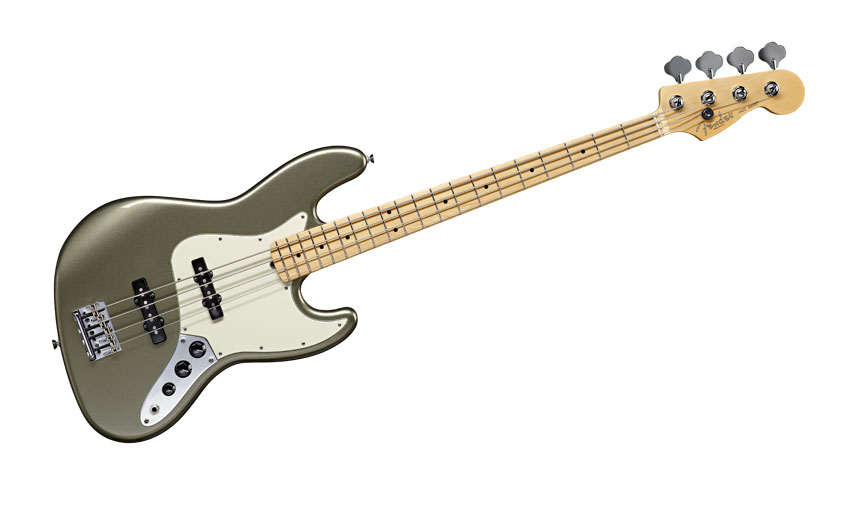MusicRadar Verdict
Overall, it's a spectacular job. If you like Jazz basses, you must try one.
Pros
- +
Everything - a Jazz bass for jazz bass players and everyone else.
Cons
- -
Nothing - any shortcomings were dealt with years ago!
MusicRadar's got your back
Fender's never-ending quest to reinvent the wheel is a constant source of amazement. Case in point is this latest American-built Standard Jazz, which looks exactly as it should, but the devil is in the detail.
"Clean, vibrant and sonically versatile are all terms associated with the Fender Jazz"
Along with all the usual appointments is a tinted maple fingerboard with hand-rolled edges and a comfortable C neck profile, lightweight Fender tuners and a beautifully designed high- mass raised tail bridge with vintage saddles and added style.
This offers through-body stringing, but can also hide the ball ends if you prefer top- loading to avoid the sharp break angle on the strings that's created by feeding them through the body.
Sounds
Clean, vibrant and sonically versatile are all terms associated with the Fender Jazz, along with its sweet spots and delivery. If you're going to stick with two pickups and passive electronics, this is the benchmark.
So, what's different about the sound here? Well, nothing, except it's cleaner, more vibrant and even more sonically versatile - a Jazz Bass Plus might be a better name.
What's most appealing about this model is that Fender has made the best use of modern technology and design while retaining all the essential elements of what is a truly classic bass guitar.
Want all the hottest music and gear news, reviews, deals, features and more, direct to your inbox? Sign up here.
